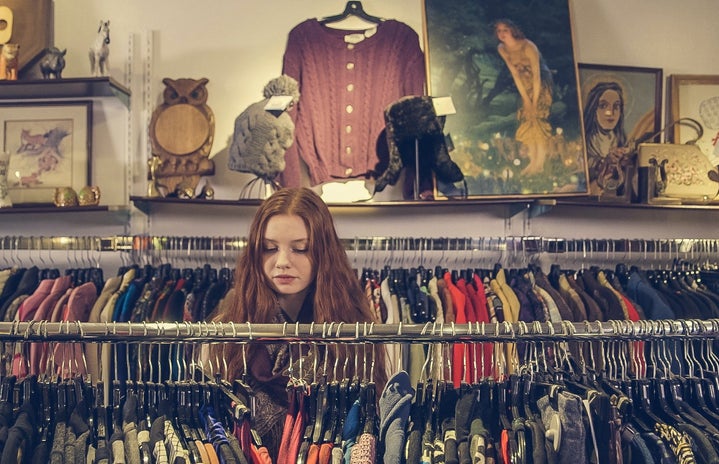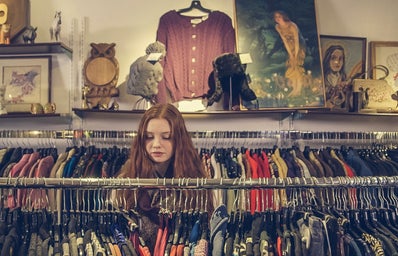All my life, my family has gone on trips over and over again to Goodwill to drop off donations as we’ve grown up and didn’t need as many things. From cribs to prom dresses, I’ve been giving them used but not worn down items I loved because I wanted to help my community. A lot of people, my family included, thought that Goodwill was the perfect place to drop off donations of unused items, but things about the company have since come to light and the consumer audience of Goodwill has also changed.
First off, it is important to know that there are many places that you can donate things that you no longer need to, yet a lot of people only think of Goodwill. Some other places you could donate to are religious charities, Salvation Army (if you agree with their policies), homeless shelters and local charities, and women and children’s shelters. They don’t tend to advertise that they take donations, but they do! Simply reach out to one to see when would be the best time to drop off donations and what exactly they are looking for item-wise. Women and children shelters often need toys and stuffed animals for families forced to seek shelter from bad situations. Yet, if you ask someone where you can donate old things you no longer need, everyone answers Goodwill.
In the past couple of years, thrifting has become all the rage and a very common hobby for the younger generations. Instead of shopping, going to brunch and then thrifting is a common Saturday event. Iced coffees in hand and a tote to go, droves of millennials and gen z head to their nearest Goodwill to get the best haul possible. The saying “one man’s trash is another man’s treasure” rings true when it comes to thrifting. Not only is it a sustainable way to beat fast fashion, but oftentimes there are great finds from what other people don’t want. From barely used name brands to older antiques that people fall in love with. However, while the environmental impact is great, there is a side to thrifting, especially at Goodwill, that people don’t see.
Since Goodwill has been known for donations and their marked down prices, a lot of low-income communities rely on them for new things from clothes to furniture. They rely on the discount days and lower prices to help when they are low on funds but still need new things. However, in recent years, they have found themselves facing limited options when they go in. What others find as a sustainable market and lower prices, another finds themselves struggling to find good options to buy and wear. They are stuck again with what other people don’t want, but this time they are even more limited.
The true stab in the back is when these thrifters come in and grab all of the good options and fashionable pieces not for themselves, but rather to resell on depop or other sites in order to turn a profit. What could have been someone’s prom dress is now a resale marked-up item for whoever else thinks they’re being trendy. Thus shows the battle of ethics, do you continue to thrift to be sustainable or help keep low-income stores stocked for those who need the products? We can’t rely on Goodwill for any input because they, just like any business, are thriving on the thrifting boom. So, is it up to those who donate and who thrift to start any change? Instead of relying on thrift stores to make you feel sustainable, why don’t we call out the fashion industry for not ethically and resourcefully making new fashion. And, continue to critique our culture of consumerism (thrifted or fast fashion). This isn’t meant to definitively discourage thrifting, because it is fun and sustainable, but there are always other ways to also be sustainable and eco-friendly.



